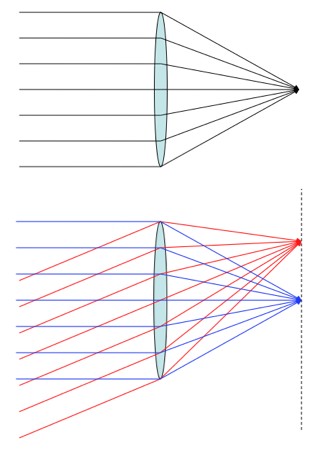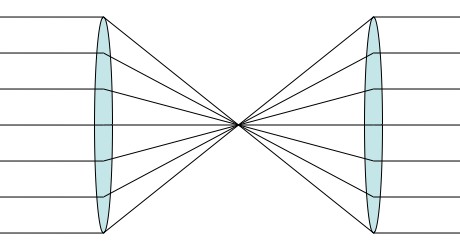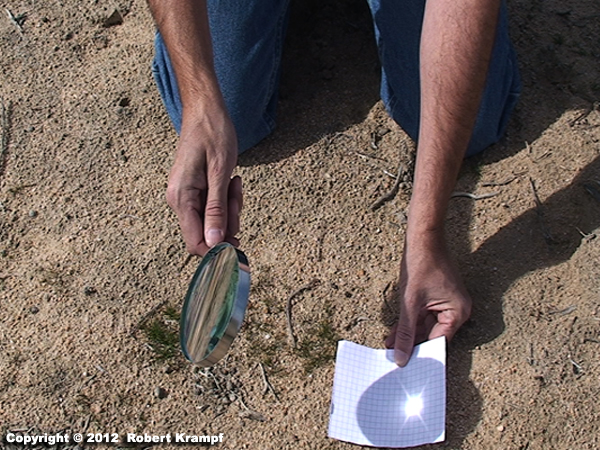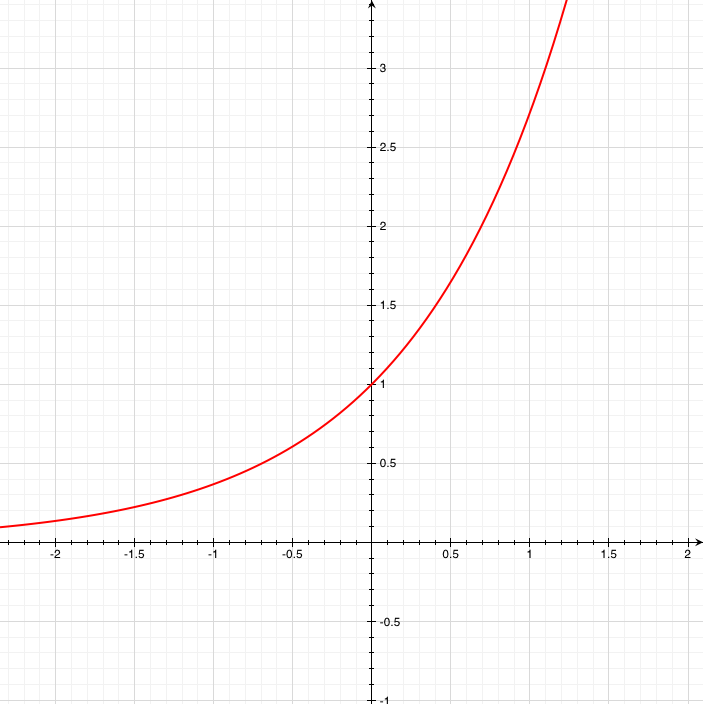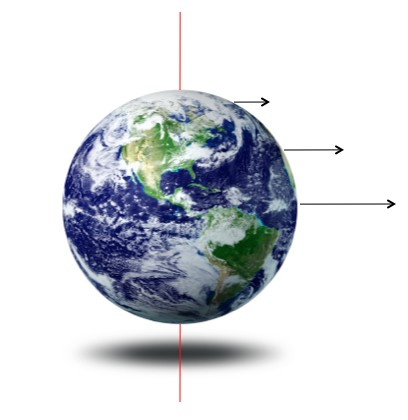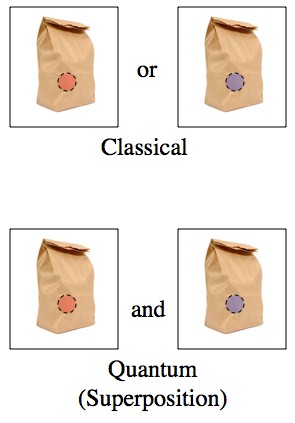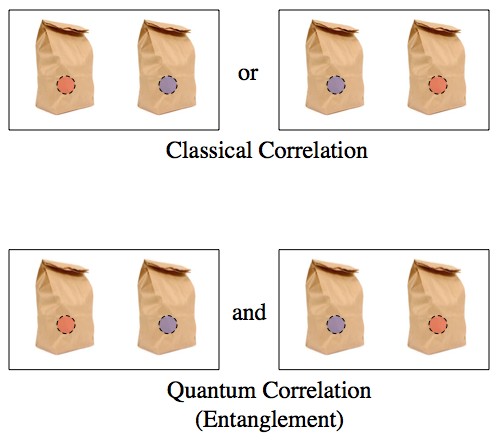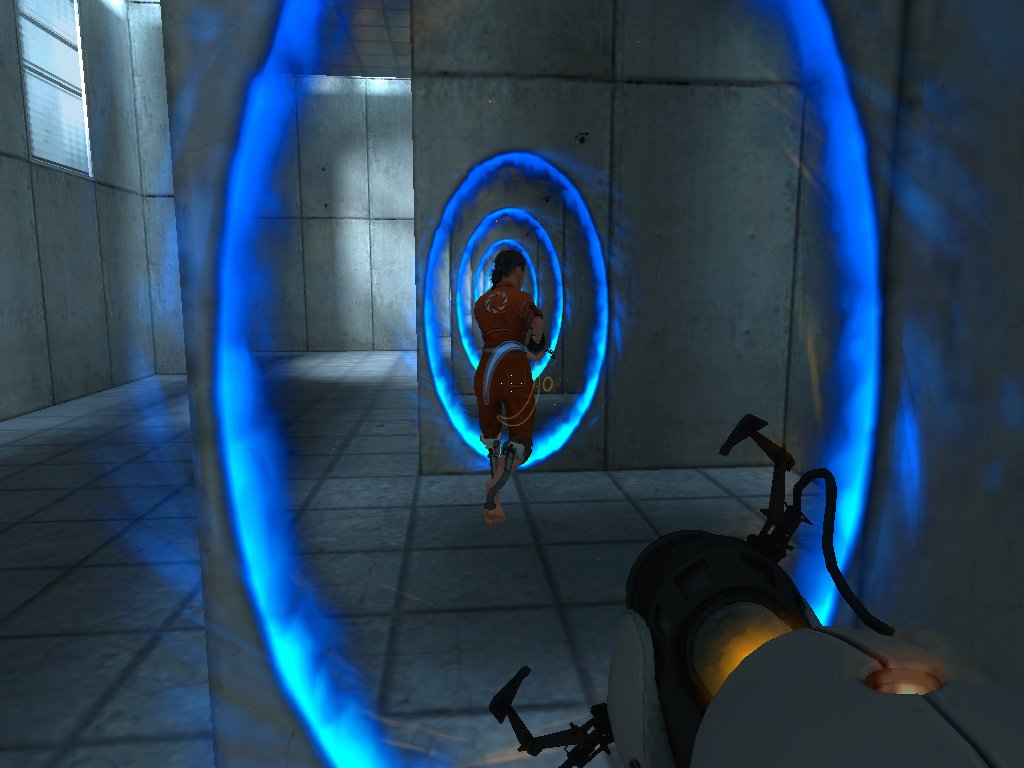Physicist: When a rocket fires it increases its speed by some fixed amount called the “ΔV” (delta V). If the original speed is W, and the rocket speeds up by ΔV, then the change in energy is: . So here’s the problem; notice that the increase is not just
, but is instead bigger when the initial velocity is bigger. Isn’t that weird?
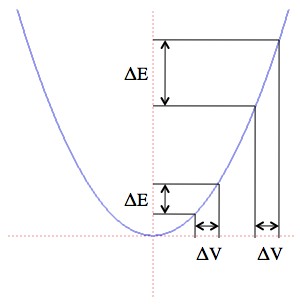
Kinetic energy vs. Speed: The change in energy is different for different starting speeds even if the change in speed is the same.
This comes up a lot when you’re shooting rockets around the solar system. If the rocket has a big elliptical orbit, then it’ll be moving quickly at the closest part of the orbit and slowly at the highest part of its orbit (just to be confusing, these points are called the “periapsis” and “apoapsis”). So, very weirdly, if the rocket fires when it’s moving the fastest it’ll pick up more more kinetic energy and it’ll be able to get higher and farther. But if the rocket fires when it’s moving slowly it gains less energy, and at the most extreme, if W = -ΔV/2, then the energy doesn’t change at all (the rocket just switches direction). This is a basic rule of thumb in rocket science; if you’re going to fire your rocket, fire it at the lowest point in its orbit. But the question remains: Wha…? Why?
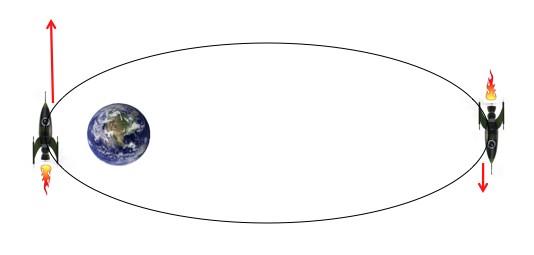
At different parts of an orbit the same amount of fuel translates into different amounts of kinetic energy. This “Oberth effect” comes about because the ship travels at different speeds at different points in the orbit.
The very short answer is that you need to take into account what the exhaust is doing as well as what the rocket is doing. We usually think of a rocket as a thing that propels itself through space. In fact, it’s better to think of a rocket as a “gas cannon” that throws as much stuff as possible, as fast as possible, out of its more interesting end.

Rockets and cannons both throw stuff as fast as they can. The only real difference is that a cannon is nailed down.
When the rocket is slow the exhaust travels quickly and carries away a lot of kinetic energy. When the rocket is fast the exhaust is closer to sitting still (in fact, if the rocket is already traveling at the exhaust velocity, the exhaust is basically dropped off). Overall, energy is always conserved (it’s practically a law), it’s just a question of how much goes into the rocket, where it’s useful, and how much goes into the exhaust, where it’s not.
So check it! Imagine that a parcel of fuel with mass m gets burned and ejected at a speed of ΔU. Conservation of momentum says that the momentum of the rocket and fuel before burning is the same as the momentum afterward. Mathematically, this is MΔV + mΔU = 0. The energy before the burn is and the energy afterward, from the rocket and the fuel parcel, is
. The change in energy is
Huzzah! This is exactly what you’d expect; when you take into account all of the stuff that’s flying around, all of the weirdnesses disappear. The dependence on the initial speed is gone, and you’re left with the same gain in energy you’d see from a rocket starting from a stand-still. So the Oberth effect, which seems like a violation of the conservation of energy at different speeds, is just a failure to take into account that a rocket slings fuel. Rather than being a magical extra boost when a rocket is traveling fast, it’s just a cute and fortunate distribution of energy.

